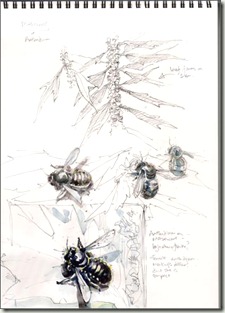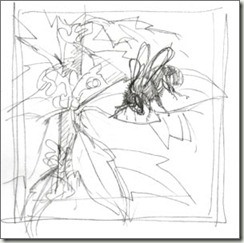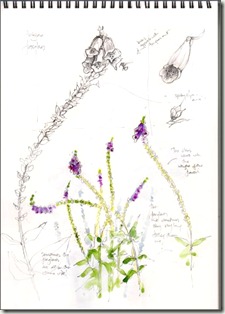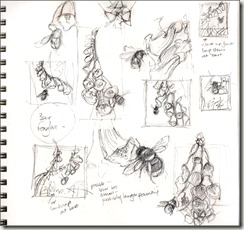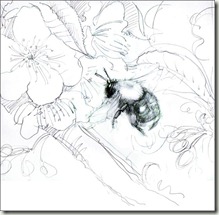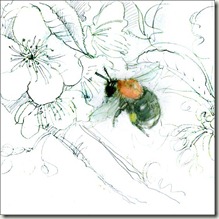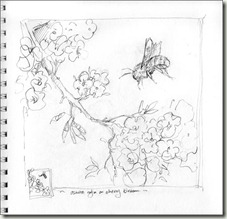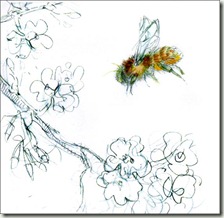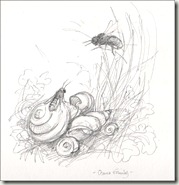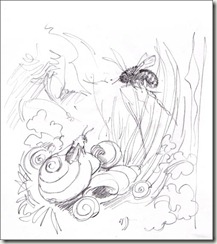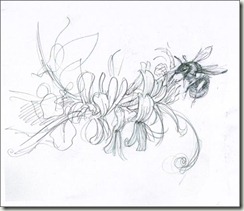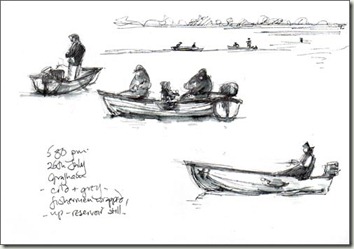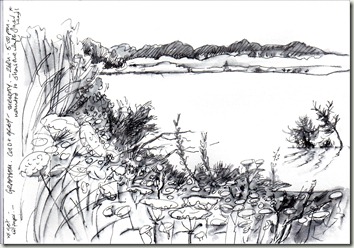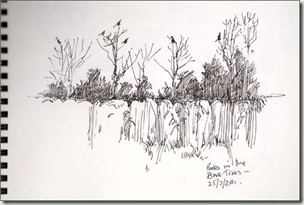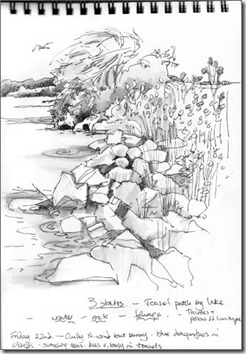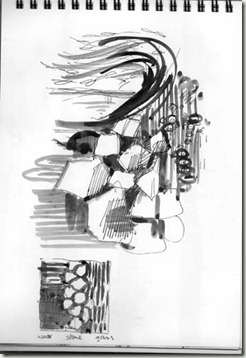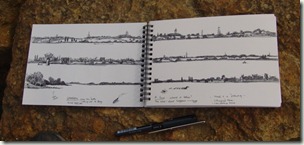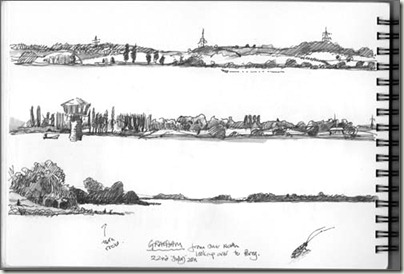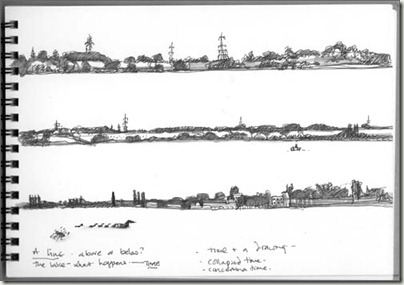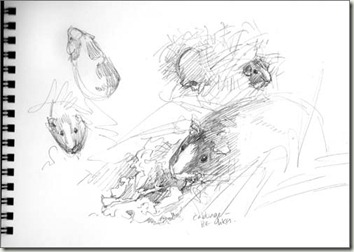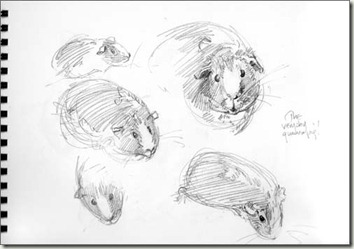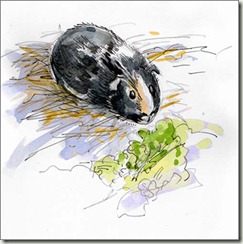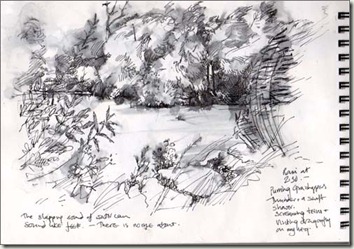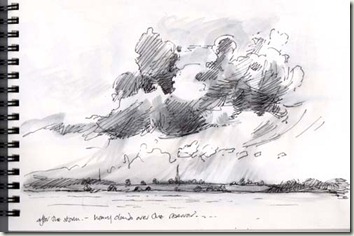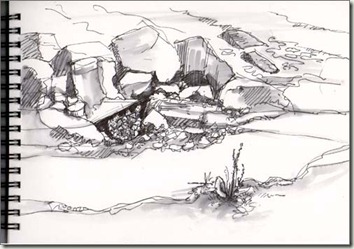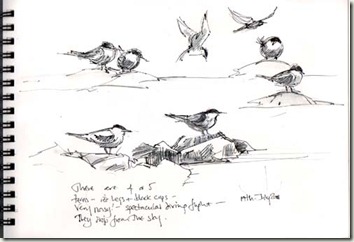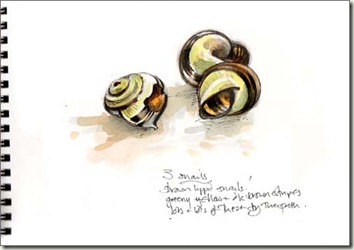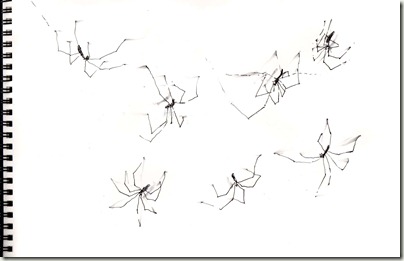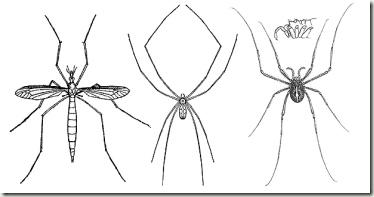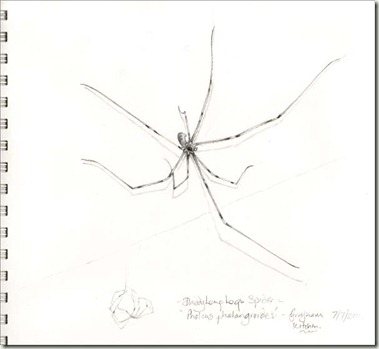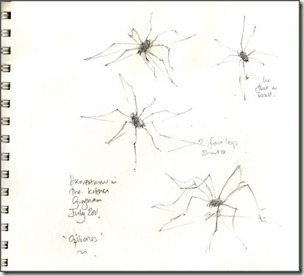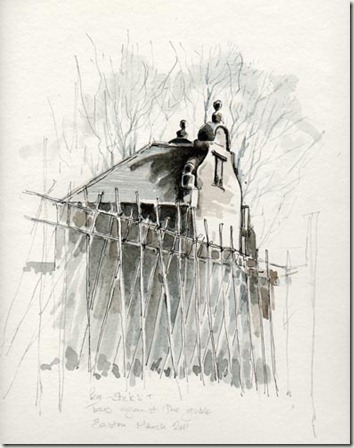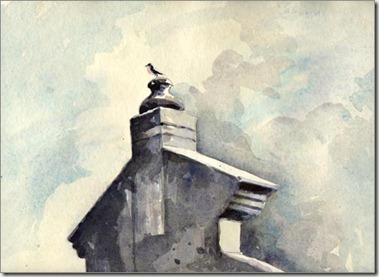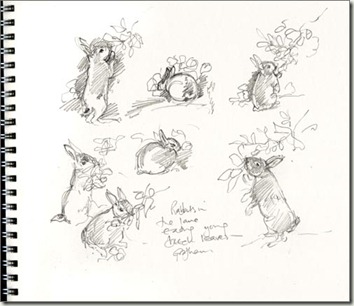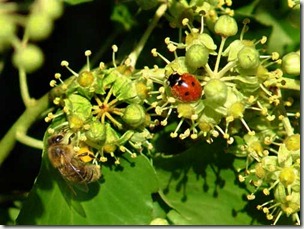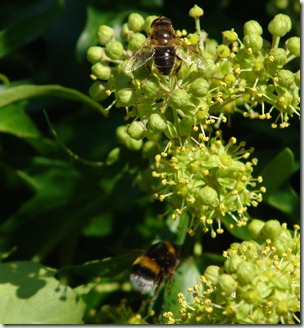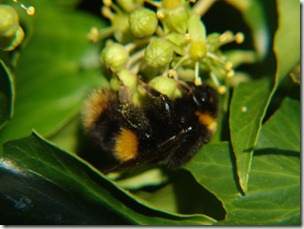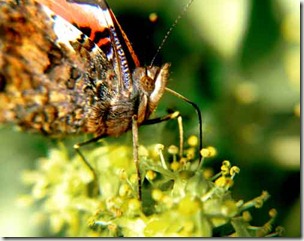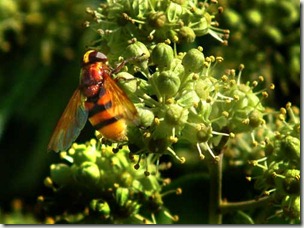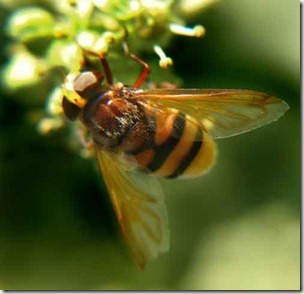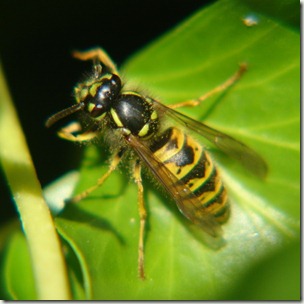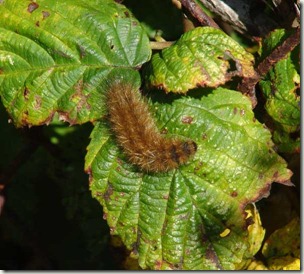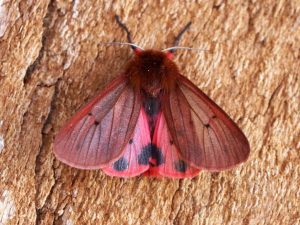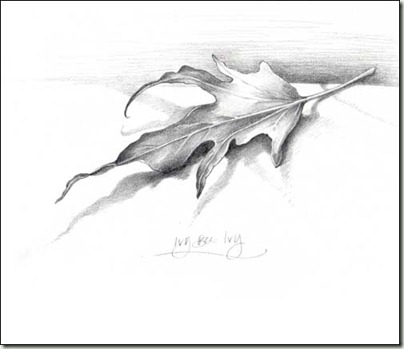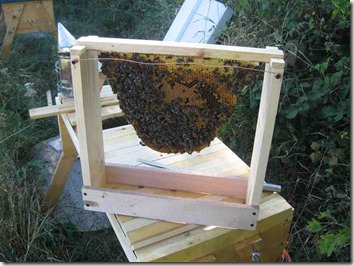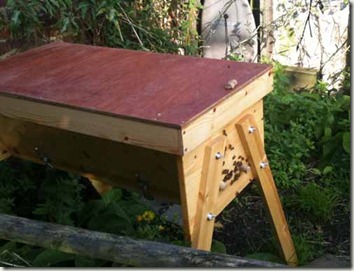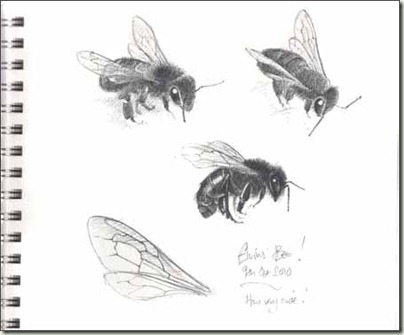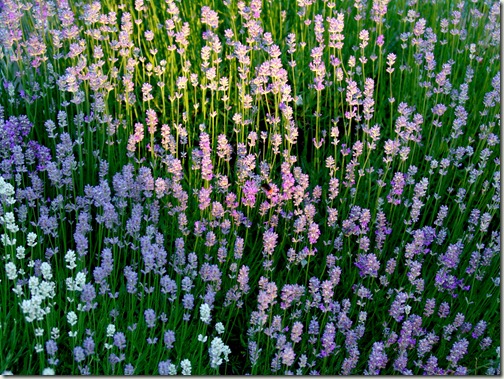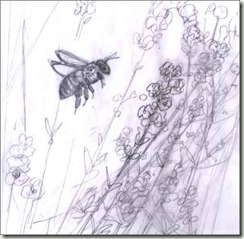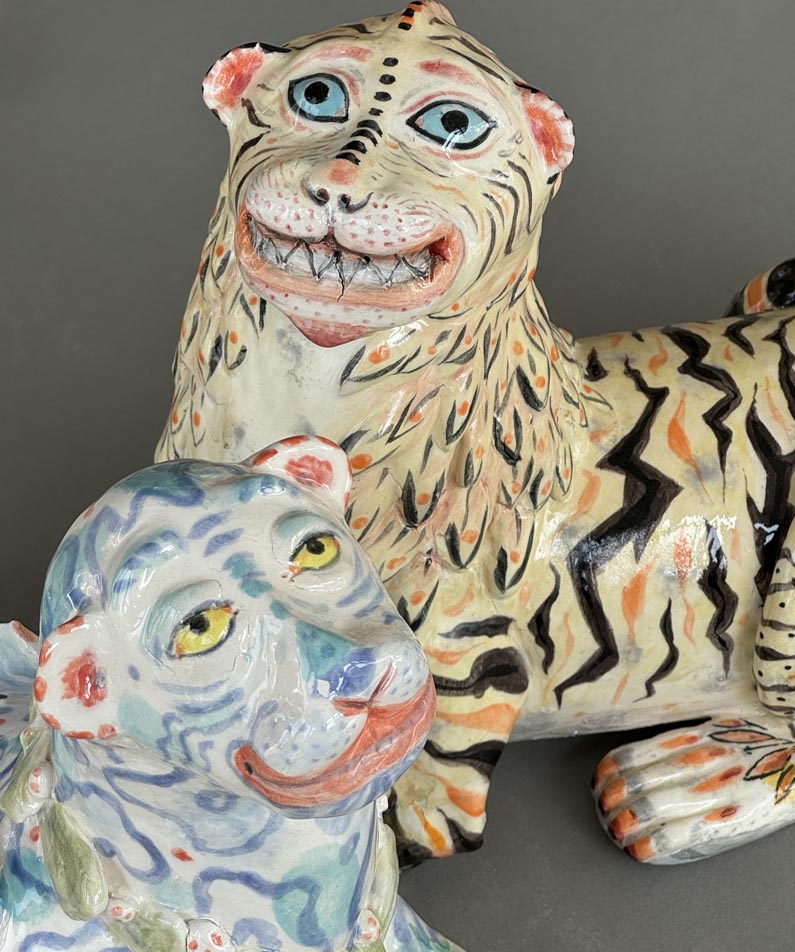I am working on some new paintings.. so far I have been researching and sketching.
I have said before I don’t consistently use one beautiful and carefully annotated sketchbook, I wish I did, but never have and am too old now to change! So rough ideas are sometimes just scribbled on the back of bits of scrap paper.
I will be working on a Heligan Bee.. the only problem is which one??
I have thought and thought about this. I am undecided between a Bumble bee and foxglove, or the wonderful female Anthidium manicatum on the curious motherwort.
The Bombus hypnorum, The pretty Tree Bumble Bee will now be a commission. I am delighted to be painting this bee at last. I have added more blossom.
Another little Osmia rufa Red mason bee with cherry blossom was an alternative commission possibility. I am fond of this one so will probably do it anyway.
Below are a couple of thumbnail sketches for another painting of the snailshell bee, also a commission, for Peter and Carol who were fascinated by this combination of bee and shell.
This will be a bigger painting than usual and with two bees. A massive 14 x 14 inches! Nice. It will be two Osmia bicolors, male and female. This is another bee I haven’t painted yet. These are just first thoughts about how I might position these two bees.
Honeysuckle and Bombus hortorum. I watched these lovely bees both this year and last year on Dad’s honeysuckle. This one will be another commission I think.
I think that’s enough for now 🙂
_____________________________________________________
Day 6 Walk/Sketch
I didn’t get out till 5.00 today for my walk/sketch. I was out until 6.15. I know this because I have also been writing down where my day goes..I seem to get nothing done some days so decided to keep a record of where exactly the time goes! Its 7.15 now and I should be getting this posted as I still have emails to write/answer…. so just two sketches today, on this cold grey day. Dark skies and wind in the tall crop made for a gloomy and uneasy walk so I didn’t stay out long. The fishermen were wrapped up.
and the sky should be much darker!!
That’s a UK summer for you 🙂

